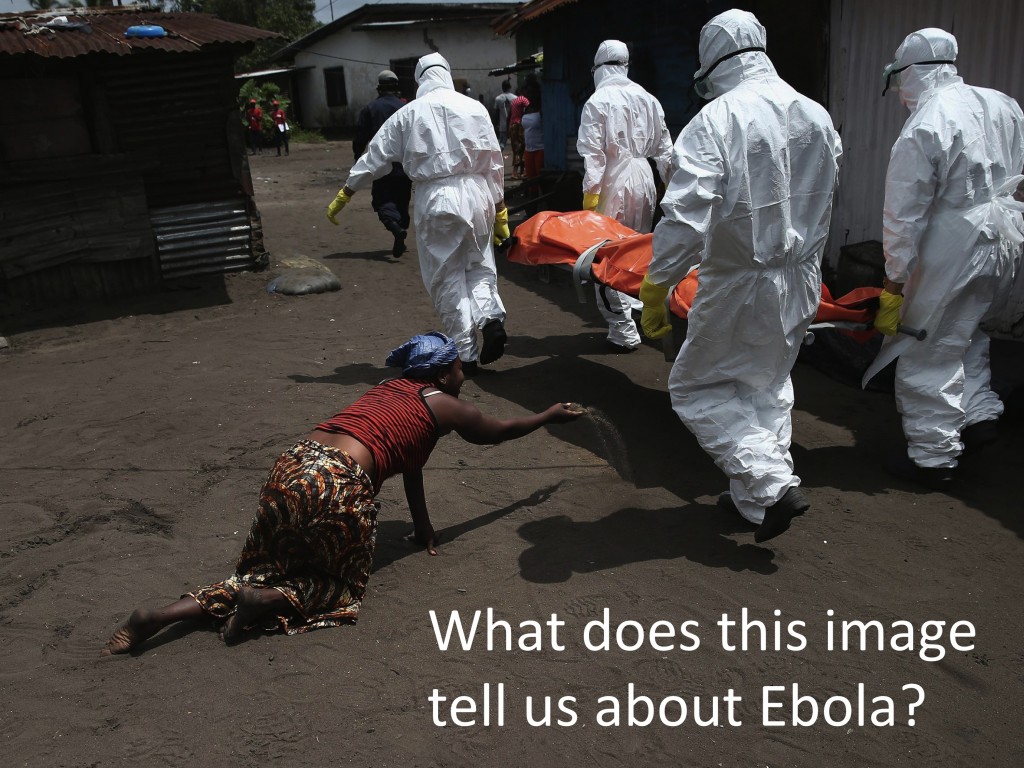Vaccines and vaccination teaching resources
Worksheets and lesson ideas to challenge students aged 11 to 16 to think hard about vaccines and vaccination (GCSE and Key Stage 3)
Students must master an enormous number of words when learning about vaccines, immunisation, antibodies and the immune system. Many students will come to lessons with a considerable amount of prior knowledge about these topics. The activities below can help you find out what your students already know, and allow students to make sense of the key words used when teaching vaccination. The video below accompanies an award winning ASE resource on why you’ll never catch small pox.
James from James Films on Vimeo.
How does a vaccine work?
GCSE worksheet on vaccination. Students read a passage about the quest to discover a vaccine for Ebola. Working in pairs, students discuss key terms from the article before they summarise key points from each paragraph. This worksheet teaches students how to read for meaning and how a vaccine works, including the production of antibodies. (PDF)
The iron lung and polio
This is a fascinating video about Paul Alexander, one of the last few remaining polio survivors that depend on iron lungs—half-century-old machines that force patients to breathe. It highlights the devastating effects of the polio virus but also the role science can play in preventing such serious diseases through vaccination. This clip could also be used when teaching students about ventilation and lung function.
What do your students already know about vaccines and immunity?
Use the image below to act as a stimulus to find out what your students already know about the topic of vaccination. Allow students to discuss the image with their partner and discuss ideas as a class. Put ideas on the board to build class knowledge. (EBOLA image)

